The first call, at 8:03 p.m., was a hang-up, with no response to four requests from the emergency dispatcher.
The second 911 call the night of Nov. 4, a minute later, was definitive.
“Shots have been fired,” a caller told the dispatcher.
Those two calls were the beginning of a tense and horrific night at 41 Belgrade Road in Oakland that left four dead and a 3-year-old girl alone in the house with the victims for more than half an hour.
Much of a transcript of those calls shows the chilling final moments of the last person to die in the attack as she pleads with police to come help.
“I’m the only one alive,” the caller tells the dispatcher.
The 911 transcripts from the quadruple murder-suicide, released Tuesday after a Freedom of Access Act request by the Morning Sentinel, still leave many questions unanswered about what happened on an otherwise quiet night.
But the terror and desperation of the woman who remained alive for at least 18 minutes after the first 911 call is clear, as are the efforts of dispatchers and law enforcement agents on the scene to find the shooter and get into the house.
The 22 pages of transcripts of 911 calls to the Waterville dispatch center, Somerset County dispatch and the Augusta emergency communication center are heavily redacted with no caller identities revealed. They are often confusing with multiple conversations taking place at the same time.
The one person left alive in the house — police said the next morning it was Amy DeRosby, though that’s never made clear in the transcripts — apparently made four calls to emergency dispatchers asking for help over the course of at least 13 minutes, beginning around 8:08 p.m.
Police found DeRosby, 28; her sister, Amanda Bragg, 30; and Bragg’s partner, Michael Muzerolle, 29, dead that night in the first-floor apartment of the two-story house. They were shot by Herman DeRico, 42, DeRosby’s boyfriend, who police said Tuesday had mental health and drug problems.
Bragg and Muzerolle’s daughter, 3-year-old Arianna, was alive and unharmed. The transcripts reference a child’s voice in the background as DeRosby asks for help and speaks of some of the horror the family endured.
‘A CHAOTIC SCENE’
The first 911 call came in to the regional communications center in Augusta at 8:03 p.m., but there was no response when dispatch answered the call. Emergency calls are routed through regional public safety answering points that direct calls to area dispatchers, such as the Waterville office, that communicate with emergency responders.
At 8:04 p.m., calls routed to both Somerset County Dispatch and the Augusta center reported shots had been fired.
The Somerset County dispatcher tells the Waterville dispatcher “she’s advising four to five people have been shot.”
“You need to come now,” the caller tells Waterville dispatch.
The transcripts show that a dispatcher passes another caller to Waterville, who says, “He’s … he’s right outside. I think he shot his girlfriend.”
Another page shows a caller to Waterville about 40 seconds later, at 8:05, saying, “Another one. He just fired again.”
A dispatcher identified as Karagiannes says, “Several shots fired. Again [REDACTED] Oakland.” Then the dispatcher asks the caller, “Are they inside or outside?”
Caller: “They’re outside.”
Dispatcher: “Male and female?”
Caller: “Yeah.”
The dispatcher asks if the caller knows who they are and he responds, “Uh, no, not by name. It’s a black male and a white female.”
He asks if the caller can see them from where he is and he says no.
Seconds later he asks the caller: “Did you hear them arguing or anything before this happened or was this just out of the blue?”
Caller: “I wasn’t really paying attention and then all of a sudden, I heard a couple thumps like they was fighting and then all of a sudden, 2 shots, and then I, I, was thinking, and then I heard them yelling and then like I said, I heard another shot while I was on the phone with you.”
Oakland police Sgt. David Savage and Officer Michael Sayers were dispatched to the scene at 8:05 p.m., only a minute after the call came in, according to police records.
At 8:07 p.m., a Waterville dispatcher got directions to the house from a caller and said that officers were just down the road and would be walking toward the scene.
Oakland police Chief Michael Tracy on Tuesday said he didn’t know exactly when officers arrived at the Belgrade Road house from the Oakland Police Department, about a mile away on Fairfield Street, but estimated it was shortly after the first call came in from dispatch.
The officers quickly figured out which house was the subject of the call, and they saw a dead body in the driveway out front, Tracy said. It was DeRico, who had shot himself. “It was a scary place to be. It was very serious. There were people who had been killed, and we knew that,” Tracy said.
‘VALUABLE INFORMATION’
At 8:08 p.m. a woman called 911, apparently from the residence where the shooting happened.
She told Somerset County dispatchers that four or five people had been shot and were “bleeding all over.”
The dispatcher asked if she had been shot, but the woman’s answer is redacted.
“We need an ambulance,” she said after the Somerset dispatcher patched her through to Waterville.
“Please hurry,” the caller says to the Waterville dispatcher later in the call.
“They’re on their way to you. Hold on a second, OK?” the dispatcher says.
“I hope so. Please help,” the caller replies.
At a news conference the day after the shooting, Department of Public Safety spokesman Steve McCausland said that DeRosby, wounded, gave first responders “valuable information” on the phone before dying. The transcript doesn’t specify if she is the caller from the house.
According to the transcript, the woman’s breathing was labored. Although some of her answers have been redacted, she appears to tell the dispatcher that the shooter went outside.
“He has a gun now. I don’t know. No, he’s outside somewhere. He supposedly shot himself. I don’t know if he really did. They need to come now,” the caller says.
When asked if there was anyone there who could help, the caller says: “No. No, there’s nobody. Oh god please help me. There’s five people. They’re all dead. Somebody’s moving. Oh god, please help me.”
About four minutes later, at 8:12 p.m., dispatch fielded another call that’s apparently from the house. The caller asks for an ambulance and reported five people had been shot, even though authorities would later find four bodies.
“There’s a baby here and a crazy guy that could be outside,” the caller says.
Much of the call is redacted, but the dispatcher says that rescue is on its way.
‘SCARY PLACE TO BE’
Tracy, in an interview at his office Tuesday, said that while the calls were coming in, police from multiple agencies knew there had been a shooting but didn’t know how many were dead or whether the shooter was still alive.
Calls to the department said there could be as many as five dead.
Police approached the scene cautiously and gathered intelligence before a Maine State Police tactical team entered the residence to bring out 3-year-old Arianna, he said.
“It was a chaotic scene to begin with, and you don’t go moving in without knowing what you’re dealing with, especially with a report of someone being shot,” he said.
“To be honest, everything the officers did at the scene was the right thing to do,” Tracy said. “The officers and their response was excellent.”
Tracy said that when officers arrived, they established a perimeter around the area. As more police and emergency personnel arrived, officers widened the perimeter to prevent people from coming in. The massive response was welcome, he said.
“There wasn’t a soul there that shouldn’t have been,” Tracy said. “I think it was very well coordinated.”
The 911 calls fielded by dispatchers weren’t being heard word for word by officers at the scene, but important information from the calls was being passed on, Tracy said. Officers weren’t sure where the shooter was, or whether he was still alive.
Two later calls, a report of someone trying to get into a basement at 8:36 p.m. and a suspicious vehicle report at 9:15 p.m., added to uncertainty around the situation, Tracy said.
Unlike an active shooter situation, where police enter the building immediately, there were no gunshots when officers arrived, so they had to assess the situation and gather intelligence before taking action, he emphasized.
Tracy said he wasn’t sure exactly when the state police tactical team went into the building, but it was sparked by learning that Arianna was alive inside. The transcripts show that became clear in an 8:21 p.m. call from the apartment.
“That’s the only reason they went in as quick as they did,” Tracy said.
After getting the girl out, the team left the building, he said.
At 8:26 p.m., another caller got in touch with the Waterville communications office. The caller said he had just been in touch with one of the people who had been shot.
“The downstairs neighbor I just called and she said she needs help. She can’t move.”
He said he believed that police were at the wrong house. But Tracy doesn’t believe officers were searching the wrong address.
Police did go to a neighboring house to ask the resident to leave, he said, but added, “It certainly wasn’t the case that they were at the wrong house.”
The second-to-last call from the house where the shooting occurred came at 8:17 p.m.
“How much longer?” the caller, breathing heavily, asks.
“OK, we’re trying to get help into you,” the dispatcher tells her. “They’re trying to find the suspect outside as well. Do you know if he left in a vehicle?”
The caller responded that if he had, it would be a Mazda Protege.
Asked if there was only one person doing the shooting, the caller says, “Yeah. I’m the only one alive.”
A CHILD INSIDE
In the final call from the apartment, at 8:21 p.m., 13 minutes or more after dispatchers first made contact with her, the caller’s desperation — and the fact that the toddler is in the house and alive — seem to become clear to police.
A dispatcher identified as Dodge asks: “Is that a child I hear?”
Caller: “Yes, I said that … oh” (child talking in the background).
Dispatcher: “Ok, is…is the child injured at all?”
Caller: “No.”
The caller in the house stays on the phone, not talking, as dispatchers speak to others, try to make contact with the person in the house, try to ascertain what’s going on at the scene. A dispatcher occasionally swears in frustration.
They finally lose the caller from the apartment.
“I’m … with the victim and she’s dropped the phone,” the dispatcher says. “She’s no longer speaking to me.”
Peter McGuire — 861-9239
Send questions/comments to the editors.



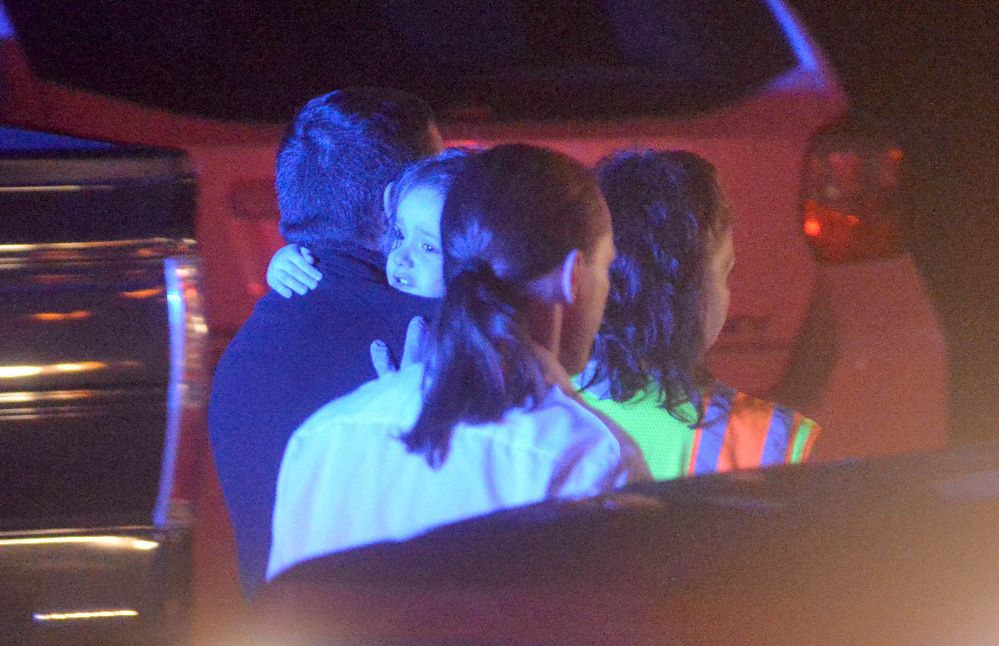
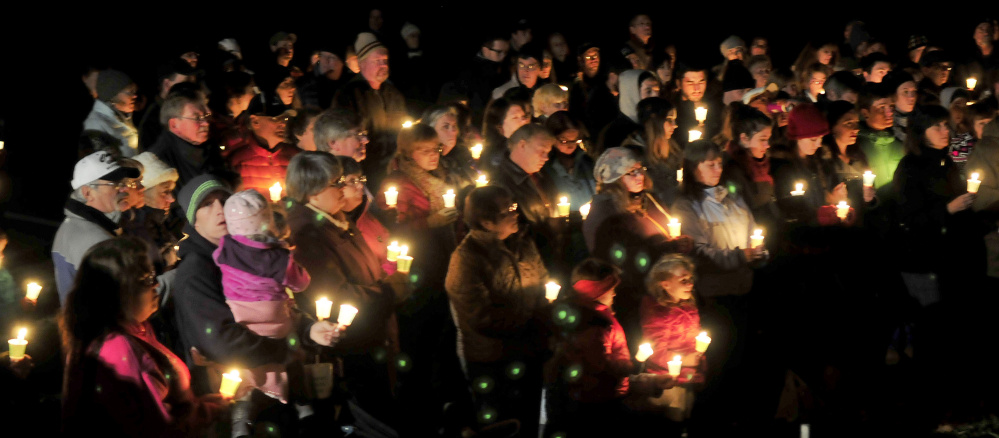
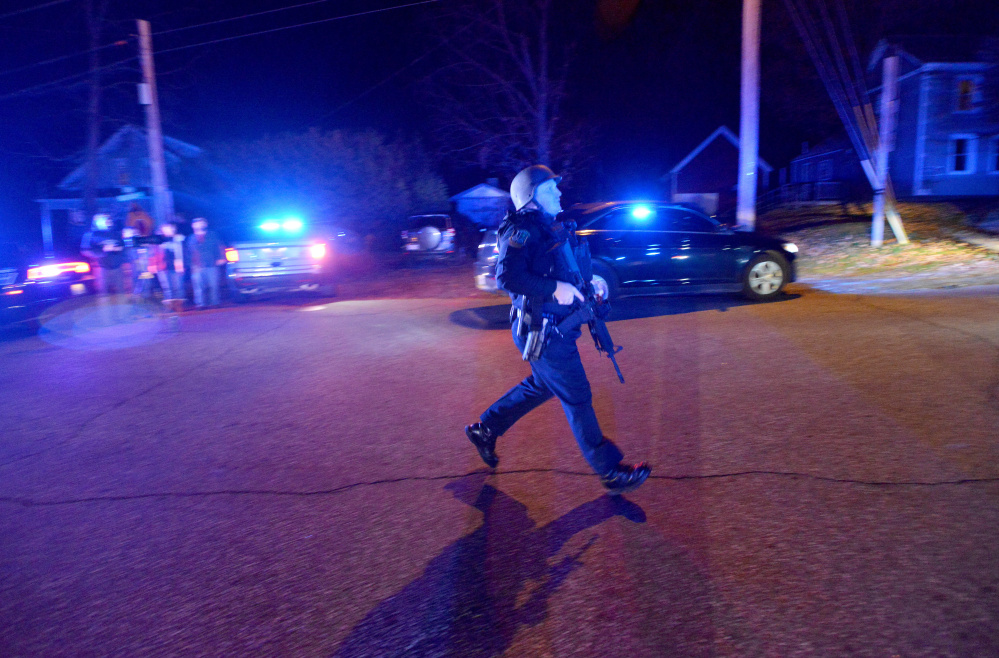

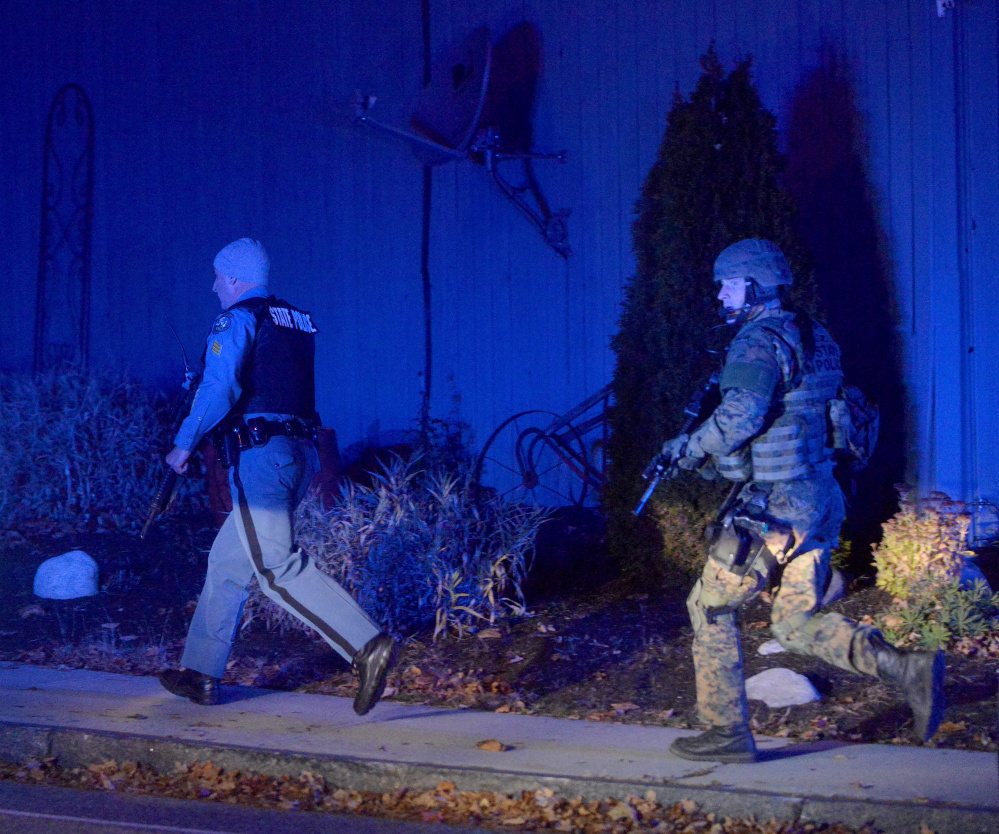
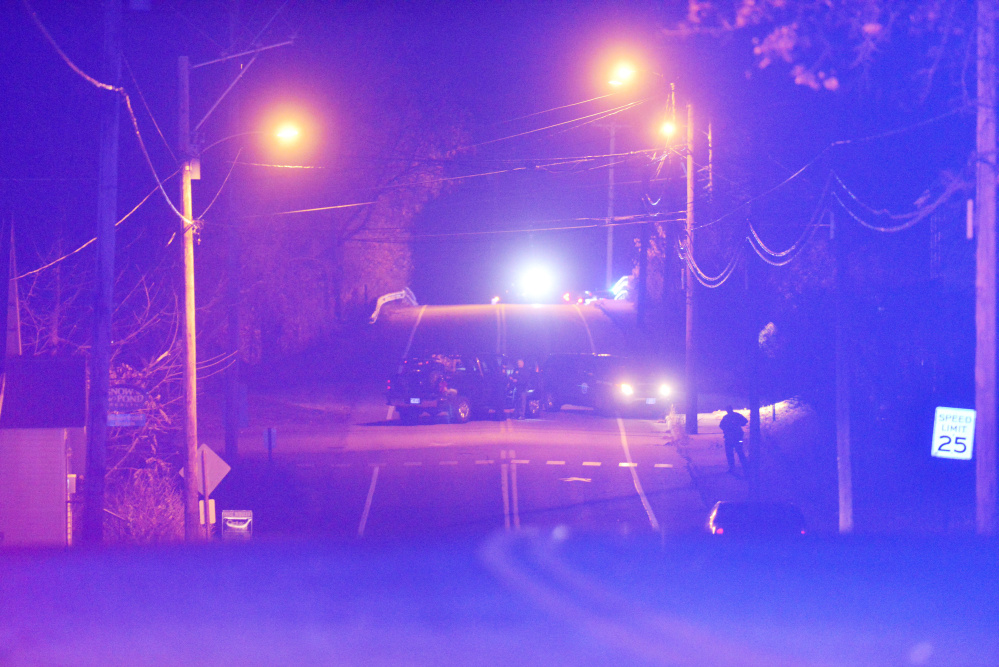
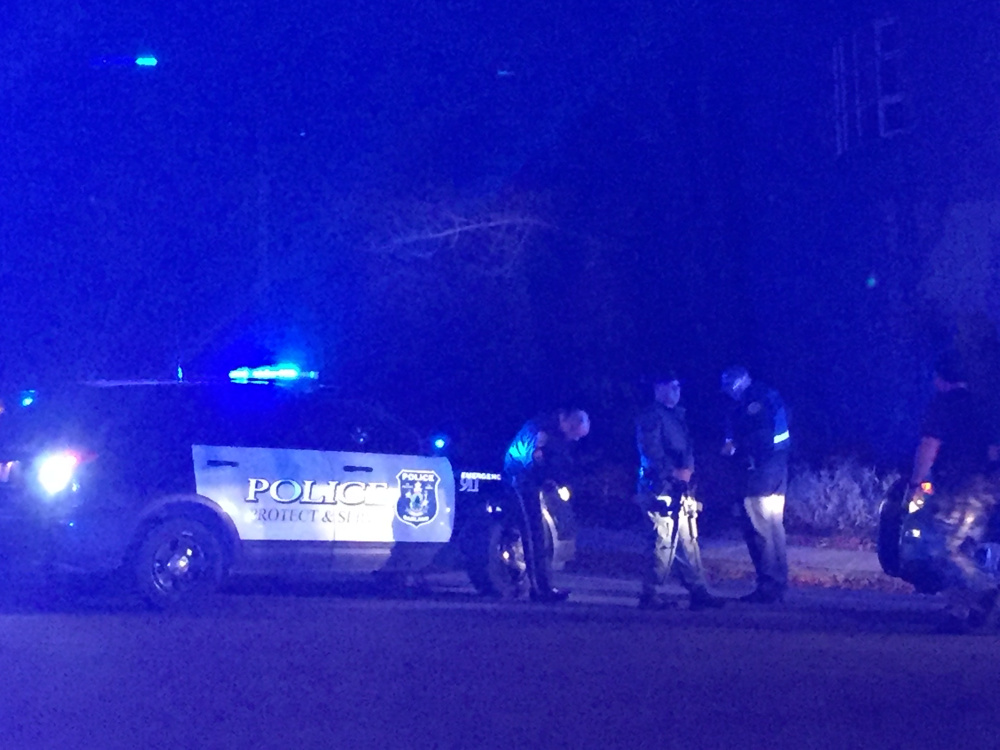
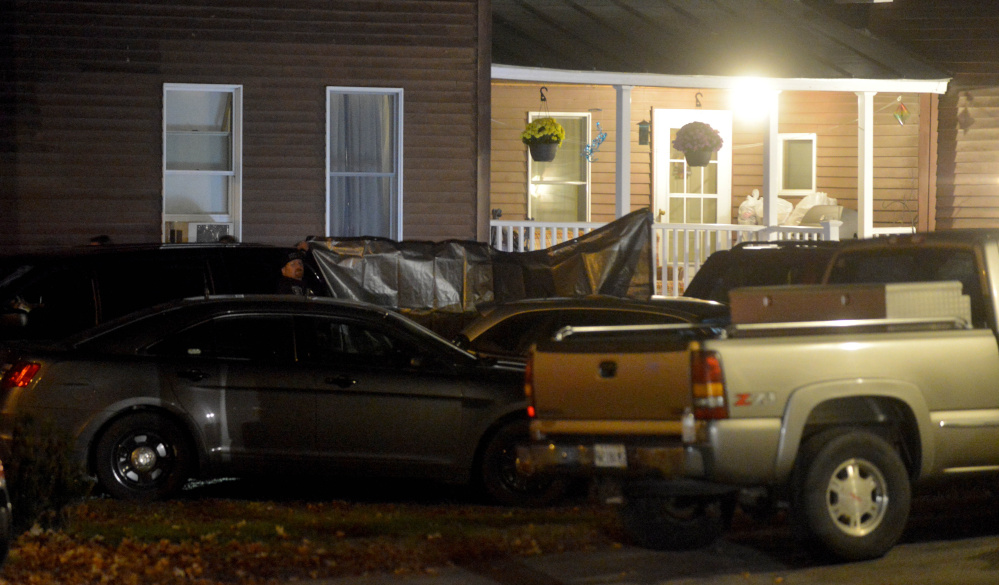
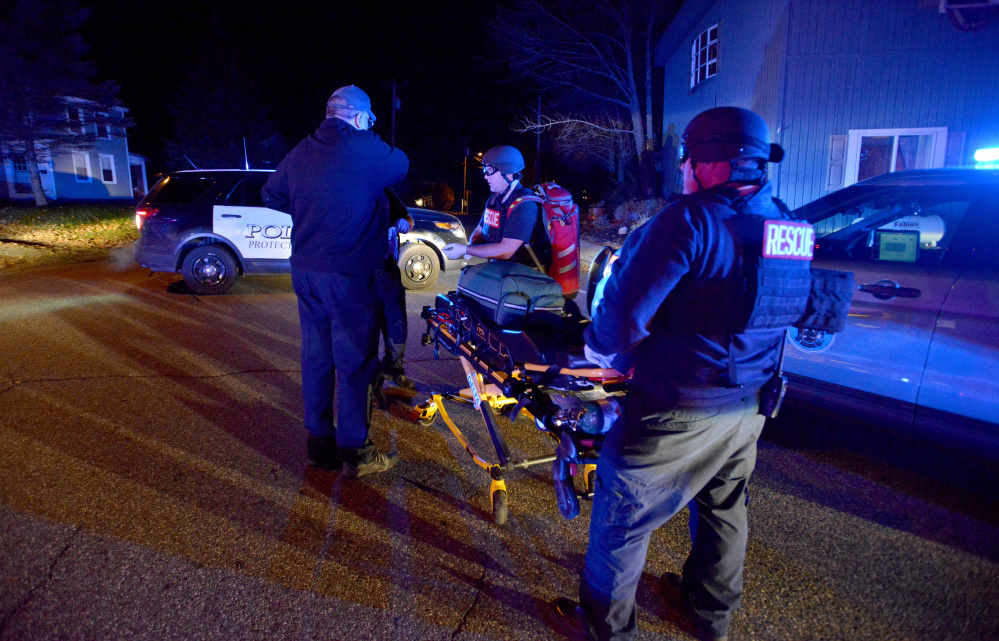
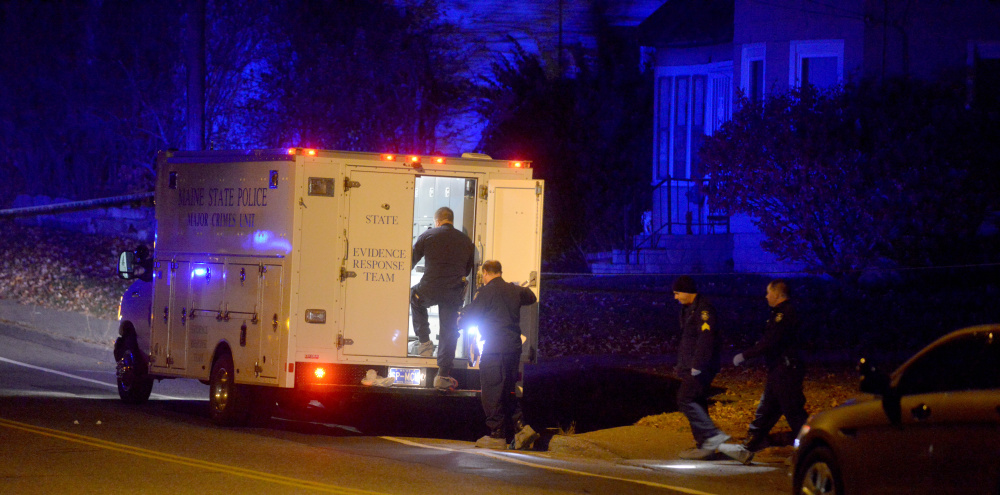

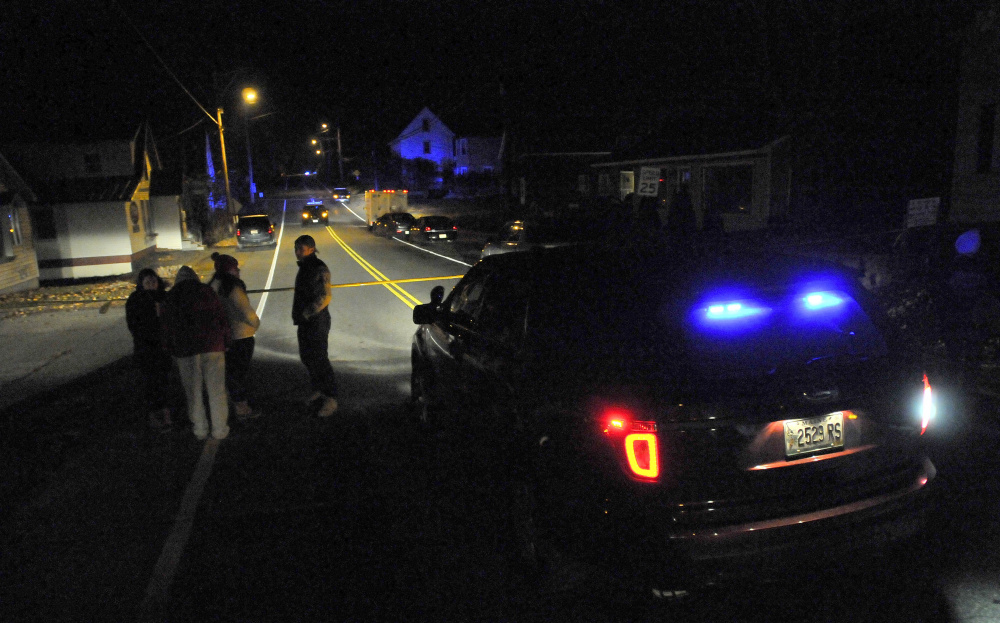
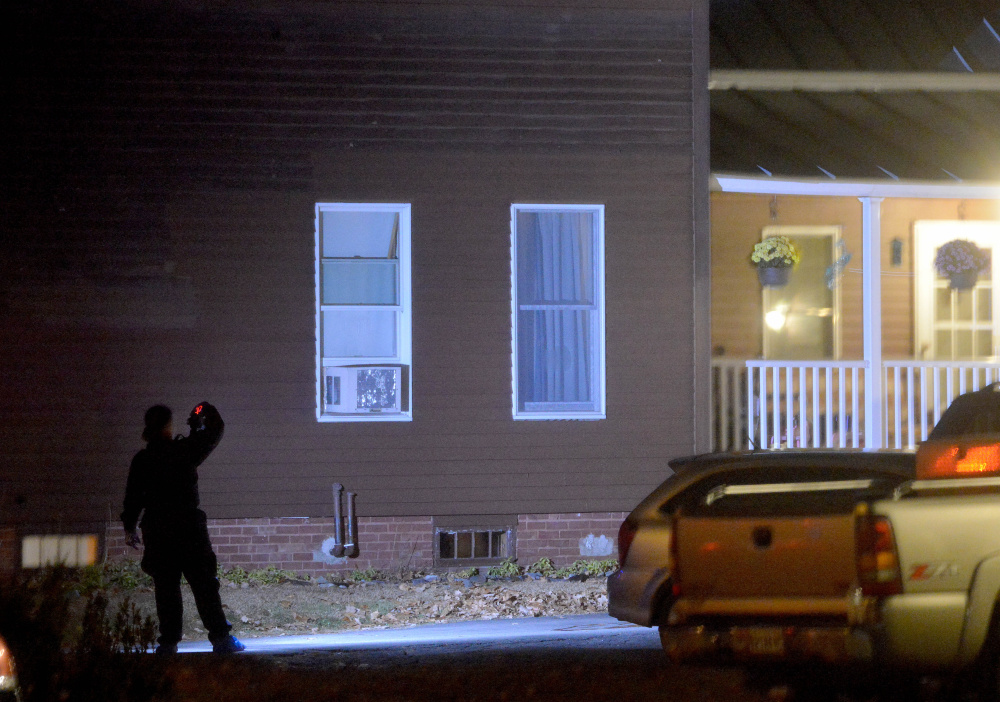
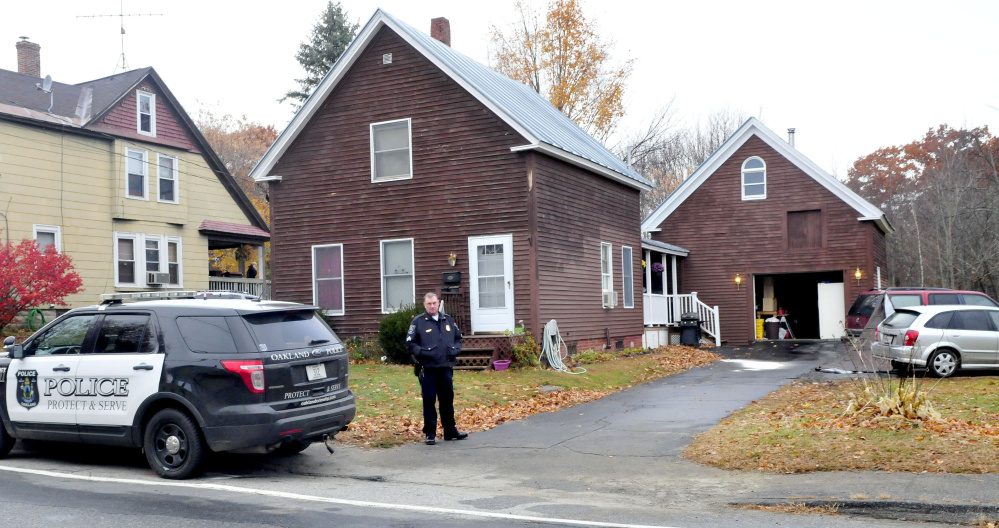
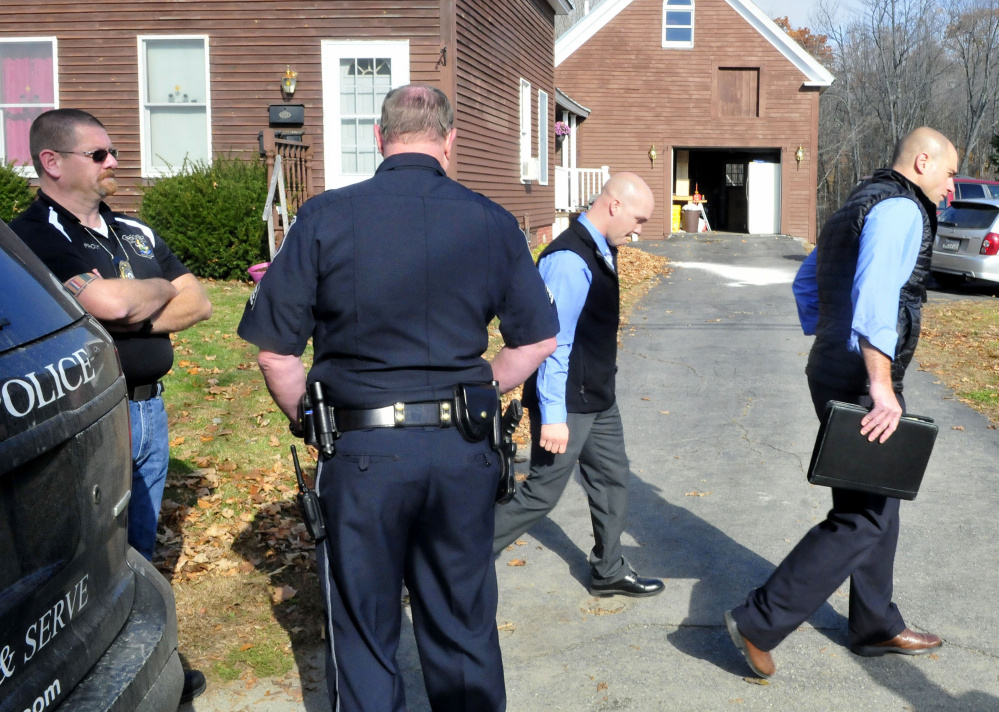


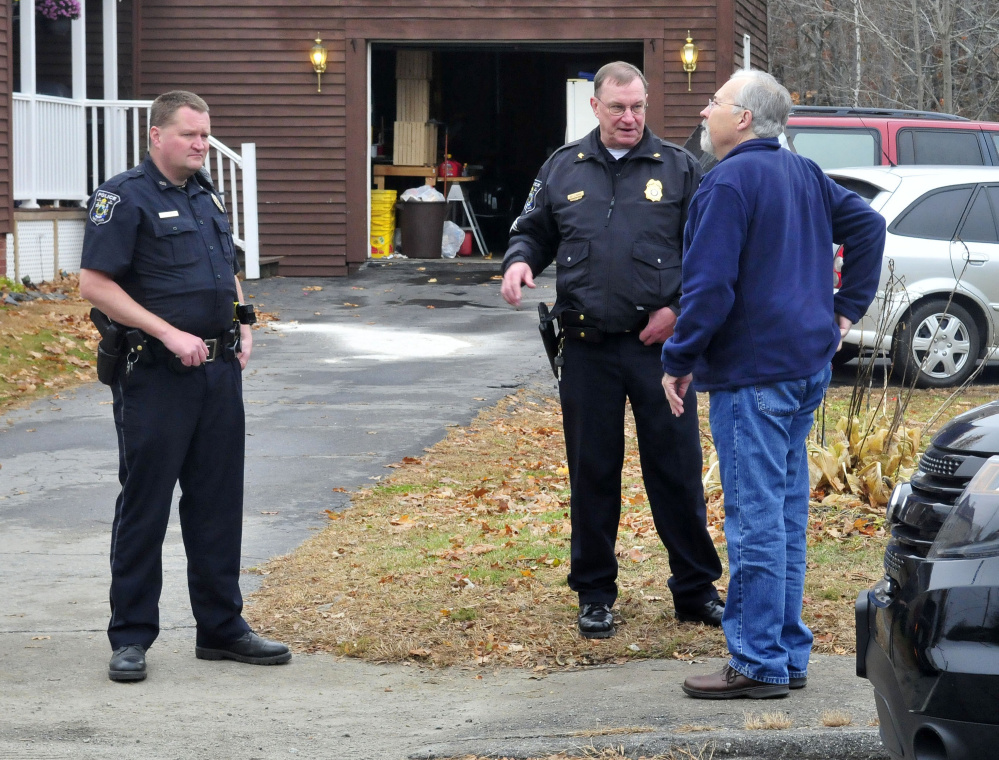
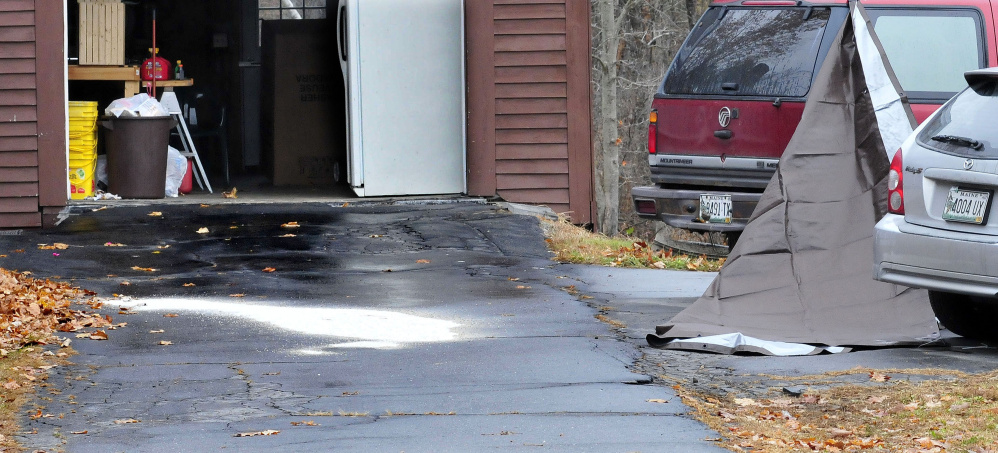
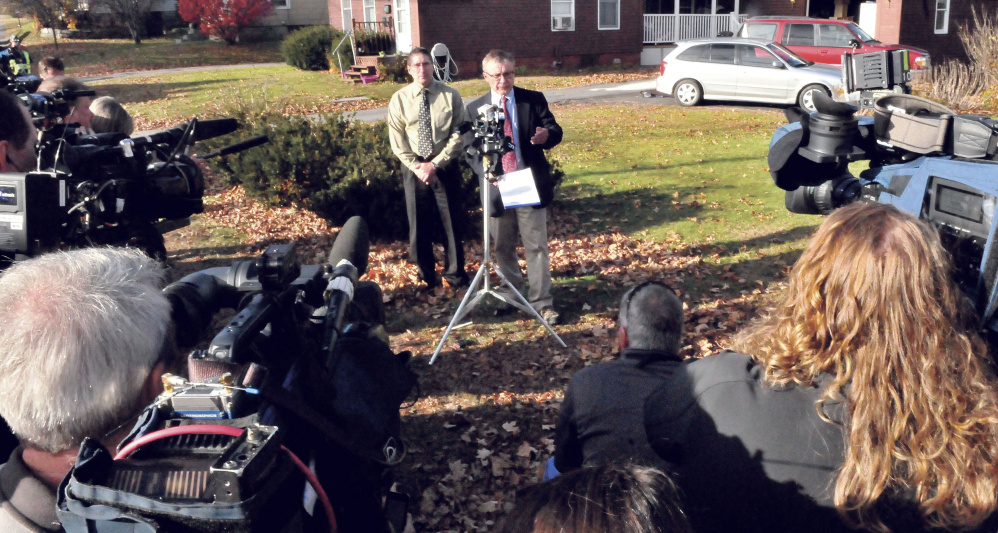
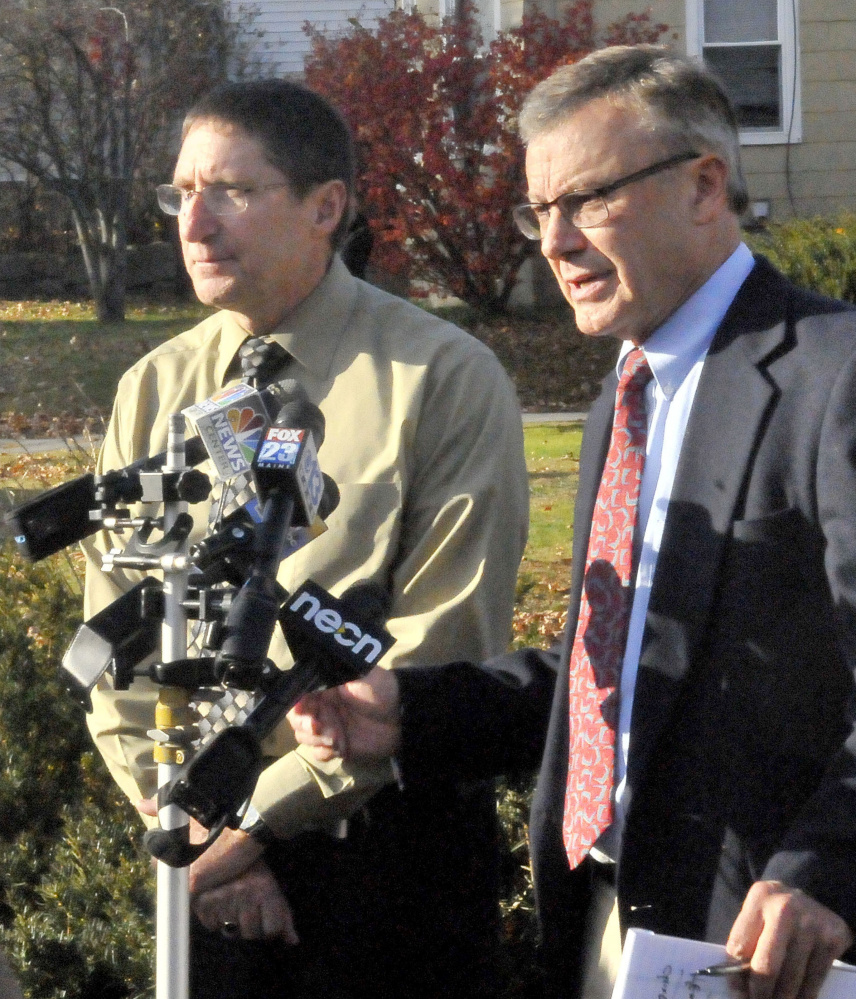
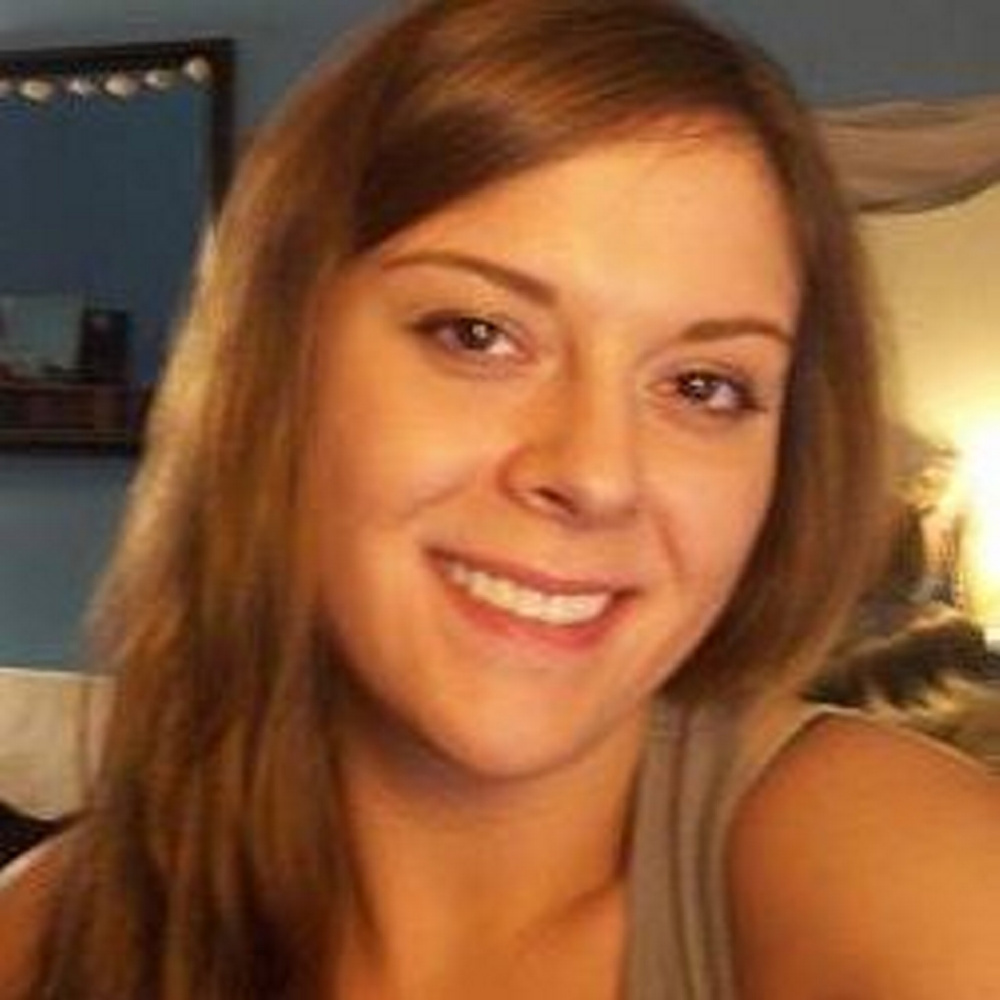



Comments are no longer available on this story